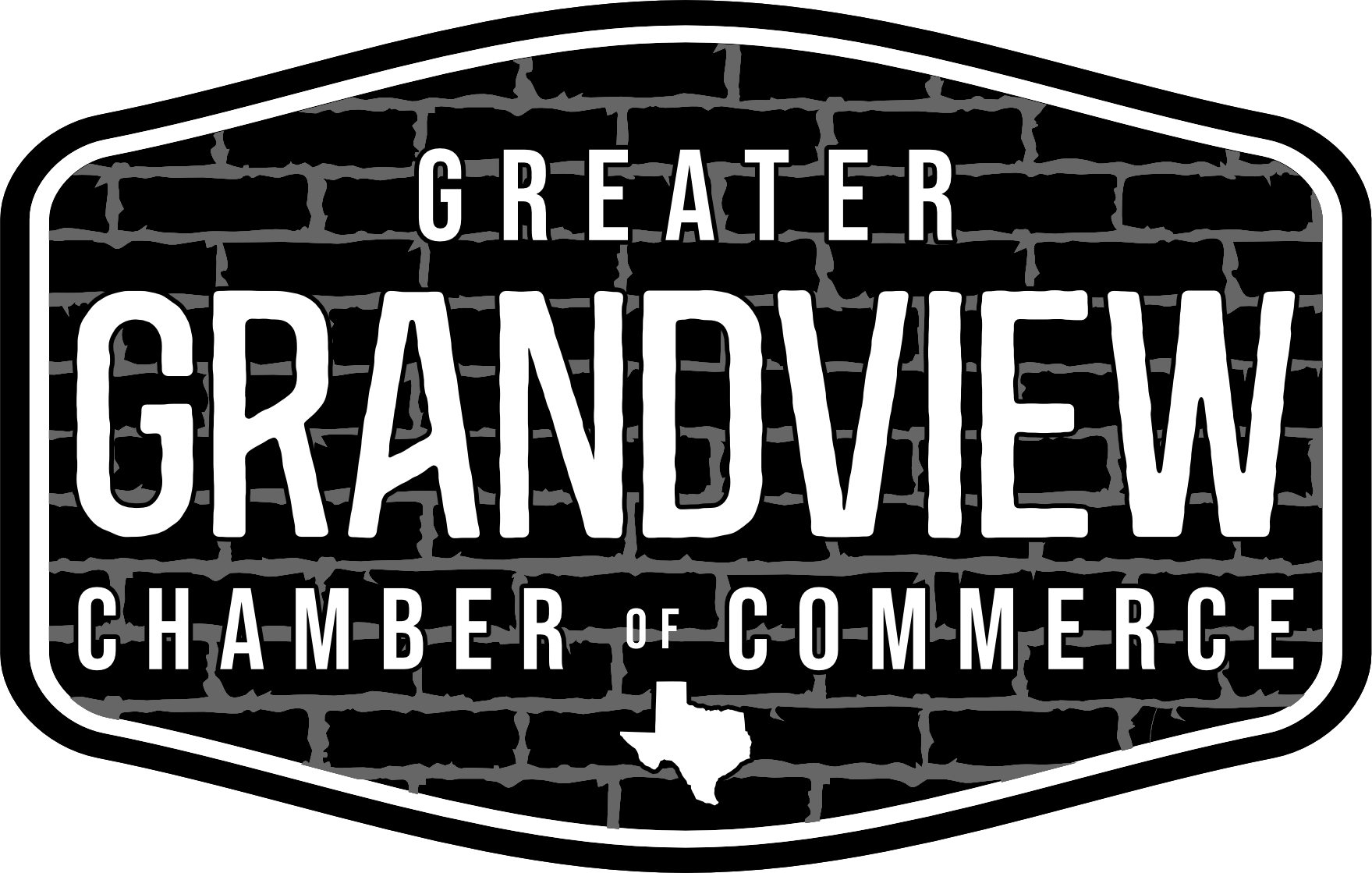Getting Your Business Out of Debt and Building Long-Term Financial Health
Financial pressure can weigh heavily on any business — whether it’s a startup struggling with cash flow or an established company facing unexpected downturns. The good news? With deliberate planning and disciplined execution, it’s entirely possible to regain control, reduce debt, and build lasting financial resilience.
Here Are the Key Takeaways
To get out of business debt:
-
Assess and prioritize what you owe.
-
Negotiate better repayment terms.
-
Streamline operations to cut unnecessary costs.
-
Focus on steady revenue growth and better cash flow forecasting.
-
Create a sustainable, long-term plan with the help of trusted advisors.
Understanding the Debt Challenge
Business debt isn’t always a bad thing — it’s often necessary for growth. But unmanaged or high-interest debt can threaten your operations and your peace of mind.
Common signs of debt distress include:
-
Struggling to meet loan or vendor payments.
-
High reliance on short-term credit for working capital.
-
Declining profit margins despite stable revenue.
When these indicators appear, it’s time to act — decisively and strategically.
Step-by-Step: How to Get Your Business Out of Debt
1. Conduct a Full Debt Audit
List every outstanding obligation — loans, lines of credit, supplier invoices, and tax liabilities. Include interest rates, payment terms, and due dates.
Use a simple table like this to keep track:
|
Creditor / Lender |
Amount Owed |
Interest Rate |
Monthly Payment |
Priority Level |
|
Bank Loan |
$120,000 |
8% |
$2,500 |
High |
|
Credit Card |
$20,000 |
18% |
$800 |
Urgent |
|
Vendor Invoice |
$10,000 |
0% |
Flexible |
Medium |
Prioritize high-interest debt first while maintaining good relationships with vendors.
2. Negotiate Better Terms
Creditors often prefer a structured plan over missed payments. Ask about:
-
Lower interest rates or temporary payment deferrals.
-
Debt consolidation options through reputable institutions, such as NerdWallet’s Small Business Consolidation Guide.
-
Extending repayment timelines without additional penalties.
3. Cut Costs Strategically
Focus on “invisible expenses” — software subscriptions, overlapping tools, or non-core contractors. Create a simple checklist:
-
Audit all recurring payments.
-
Cancel underused or duplicate services.
-
Renegotiate vendor contracts annually.
-
Automate where efficiency gains are clear.
4. Boost Cash Flow
Implement methods that improve liquidity without overleveraging:
-
Offer early payment discounts to customers.
-
Tighten credit terms for clients.
-
Lease instead of buying expensive equipment.
-
Consider government-backed programs like SBA Loan Modifications.
5. Build Long-Term Financial Health
Getting out of debt is only the first step. To stay healthy:
-
Reinvest profits strategically (not reactively).
-
Diversify revenue streams (subscriptions, partnerships, new products).
-
Maintain a cash reserve equal to at least three months of expenses.
-
Schedule quarterly financial reviews using tools such as Xero.
How-To Section: Creating a Sustainable Financial Plan
-
Set SMART financial goals — specific, measurable, achievable, relevant, and time-bound.
-
Forecast cash flow quarterly using templates like Smartsheet’s Cash Flow Planner.
-
Build credit intentionally by making timely payments and maintaining low utilization.
-
Engage experts — a certified public accountant (CPA) or financial advisor can help interpret your numbers, not just record them.
-
Revisit your plan every six months to adjust for new market realities or interest rate changes.
Writing Winning Proposals to Secure Growth Funding
Recovering from debt often requires external capital — but investors and lenders want clarity and professionalism.
When creating a business proposal that inspires confidence, focus on:
-
What your business does and the market need it serves.
-
The solutions you offer and how they’re implemented.
-
Timelines, costs, and expected return on investment.
If you need a clear framework for structuring professional proposals, this may help — a guide on how to craft persuasive, data-backed proposals that win clients and funding alike.
Practical Checklist: Strengthen Financial Habits
✅ Track daily cash inflows and outflows.
✅ Set automatic savings transfers to a reserve account.
✅ Review debts monthly to monitor progress.
✅ Avoid new borrowing unless tied to measurable ROI.
✅ Maintain open communication with lenders.
✅ Schedule an annual credit review.
FAQs
Should I pay off all debt before reinvesting in growth?
Not always. High-interest debt should be your first priority, but low-cost loans can be part of a healthy capital structure if they finance revenue-generating initiatives.
Is debt consolidation a good idea?
Yes, if it lowers your overall interest and simplifies payment management.
How long does it take to rebuild financial stability?
Most businesses see significant improvement within 12–24 months of consistent repayment, cost control, and strategic reinvestment.
Should I hire a financial advisor?
If your debt structure is complex or tied to multiple lenders, an advisor can save you time, reduce errors, and improve your negotiating position.
Glossary
-
Debt-to-Equity Ratio: A measure comparing total liabilities to shareholder equity, indicating leverage level.
-
Liquidity: How easily assets can be converted into cash without loss of value.
-
Consolidation Loan: A loan that combines multiple debts into one with more favorable terms.
-
Working Capital: The cash available for day-to-day operations.
-
SBA (Small Business Administration): A U.S. agency offering financial support to small businesses.
-
ROI (Return on Investment): The financial gain compared to cost, expressed as a percentage.
Conclusion
Getting out of debt isn’t about quick fixes — it’s about disciplined planning and smart execution. By auditing your obligations, reducing unnecessary costs, improving cash flow, and cultivating sustainable habits, you can transform financial strain into strategic strength. The businesses that thrive aren’t those without debt — they’re the ones that manage it intelligently and invest with purpose.
Discover the vibrant business community of North Central Texas with the Greater Grandview Chamber of Commerce, where you can connect, grow, and thrive alongside local businesses dedicated to economic prosperity!
This Hot Deal is promoted by Greater Grandview Chamber of Commerce.

